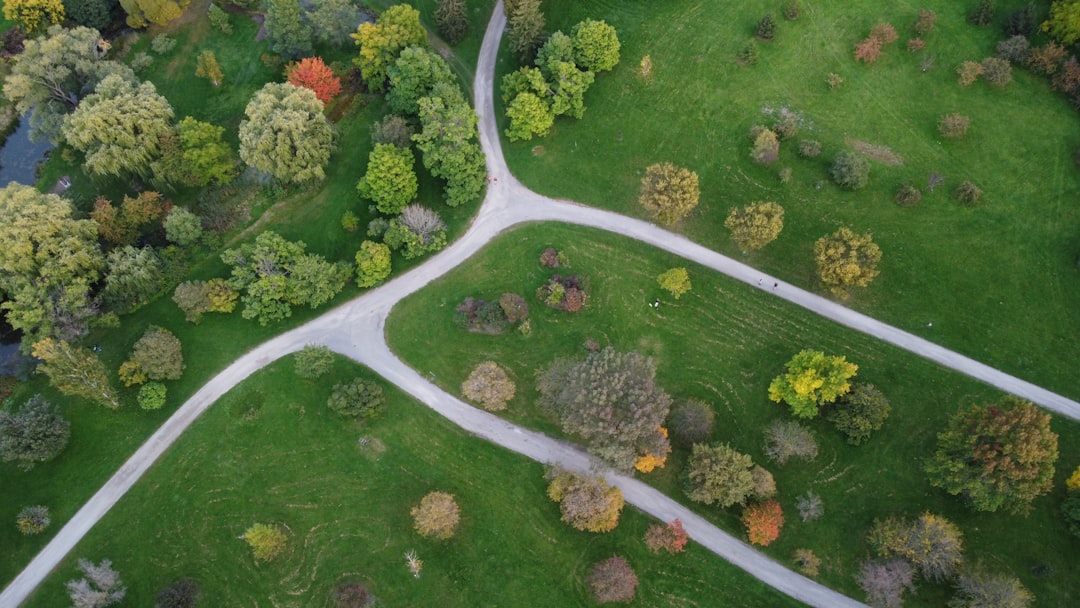What is it about?
The as yet unanswered question whether rapid urban growth benefits or threatens biological diversity is considered from a new perspective, looking at the ecology of ancient urban sites in the Near East. Our focus is on archaeological remains of small mammals, including rodents and shrews, with which we reconstruct species richness and diversity.
Featured Image
Why is it important?
Surprising results show that only two species formed the ecological community of ancient urban settlements, more than 2,500 years ago: the house mouse and a white-toothed shrew, and that species diversity in these communities was exceedingly low due to dominance of the house mouse. A similar community structure is seen in the urban core of modern cities, suggesting that high-density residential areas have long been associated with low biological diversity.
Perspectives
Ancient urban ecology is highlighted as a new line of research, providing a unique long-term perspective, which is currently much needed to assess concerns with future urban planning, such as the value of suburban low-density or urban high-density development. Given the suggested persistence in urban ecology between cities of antiquity and modernity, high-density cities with solutions such as green roofs and walls may be a more stable, sustainable option.
Dr Lior Weissbrod
University of Haifa
Read the Original
This page is a summary of: Ancient Urban Ecology Reconstructed from Archaeozoological Remains of Small Mammals in the Near East, PLoS ONE, March 2014, PLOS,
DOI: 10.1371/journal.pone.0091795.
You can read the full text:
Resources
Contributors
The following have contributed to this page










